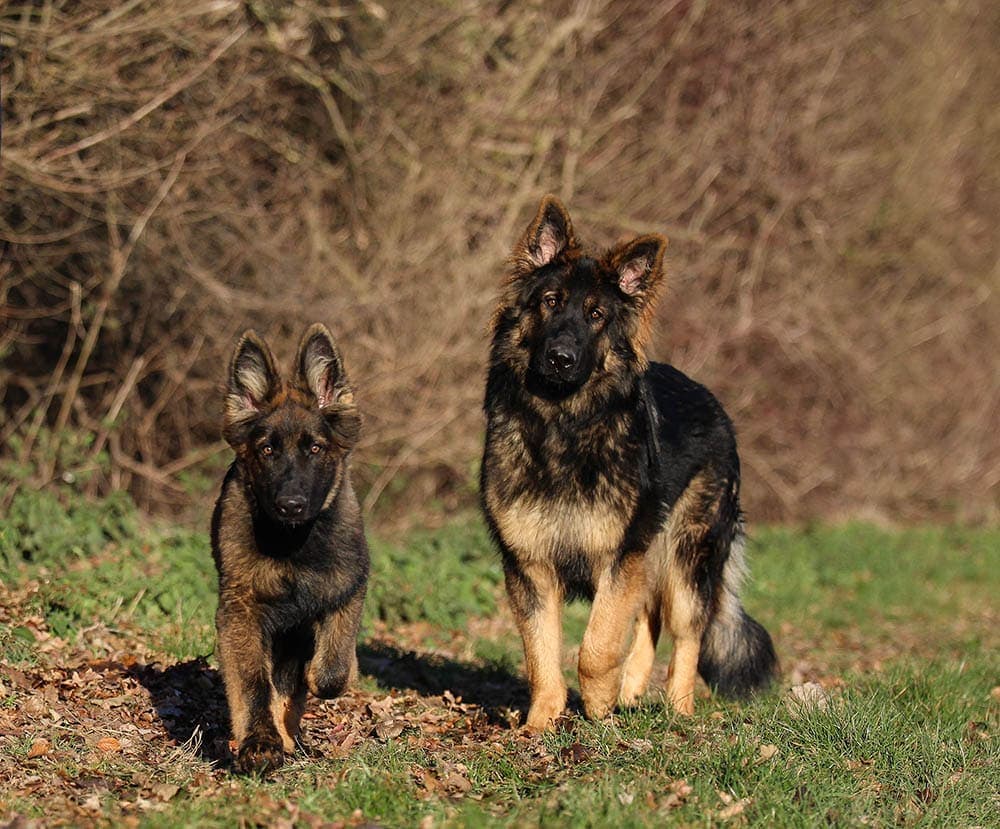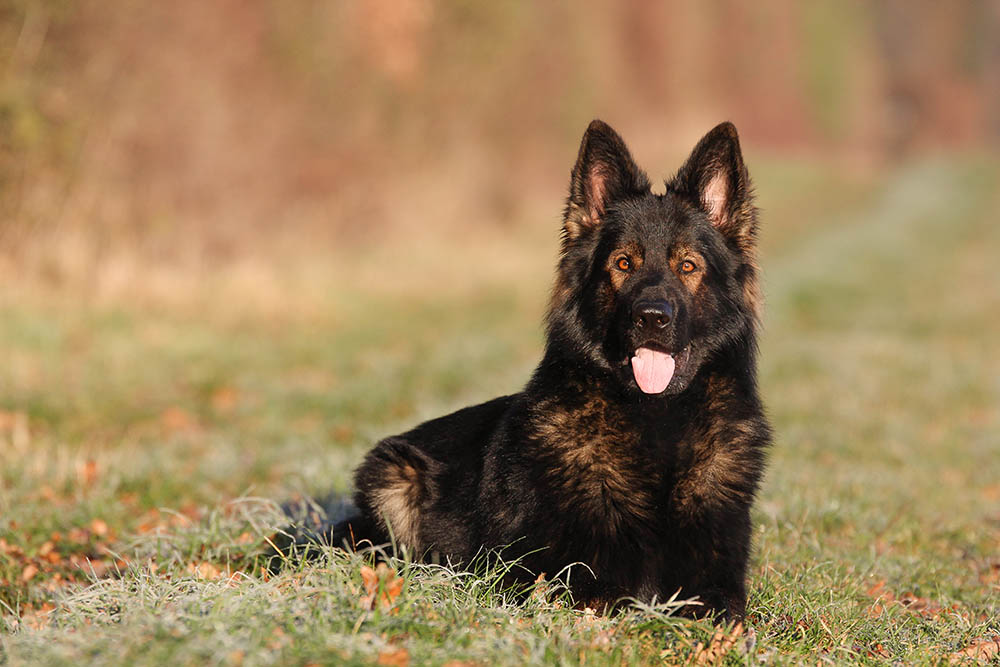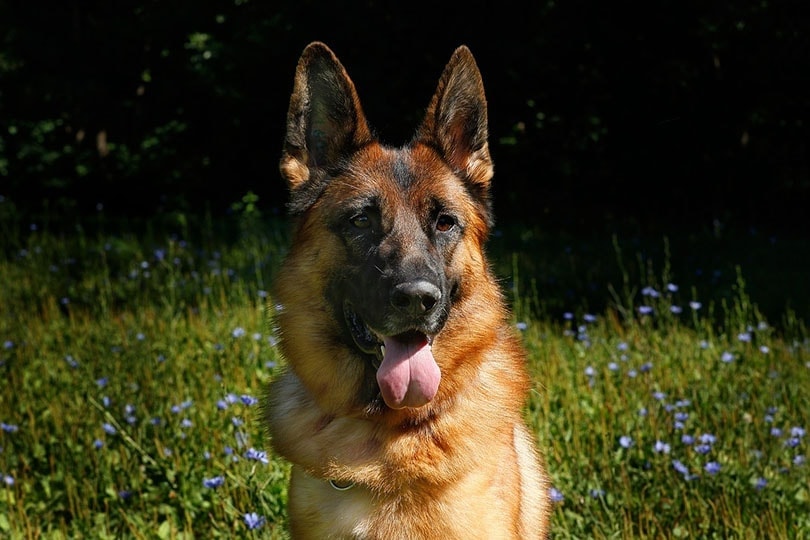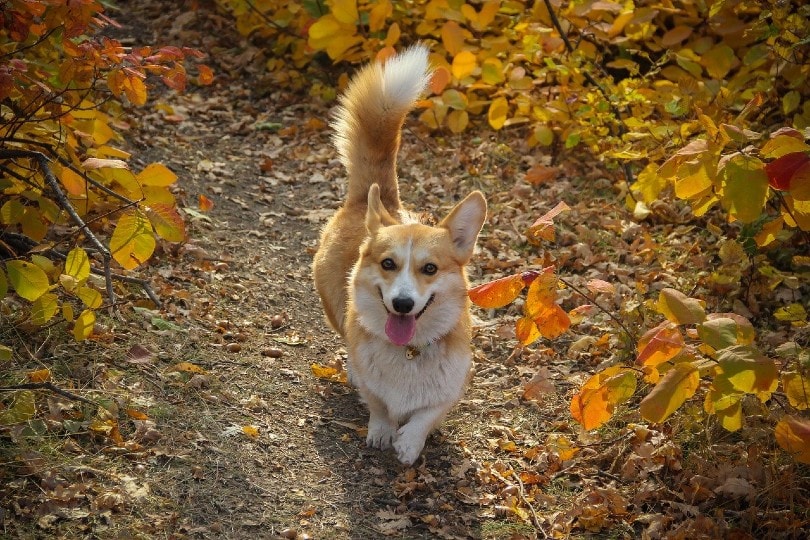Did you know that there is such a thing as an East German Shepherd? They are better known as the DDR German Shepherd, which stands for Deutsches Demokratische Republik German Shepherd (this translates to the German Democratic Republic, which was a socialist state in Eastern Germany starting in 1949).
How exactly are East German Shepherds different from the German Shepherds (GSDs) we all know and love? If you would like to learn more about these beautiful dogs, we go over their origins, history, appearance, and temperament.
History of the East German Shepherd
Back in 1949, after the end of World War II, the Soviet Union occupied part of Eastern Germany, which is when it became the German Democratic Republic. At this time, Germany was divided into the Federal Republic of Germany and the Democratic Republic. In the U.S., we knew these areas as “West Germany” and “East Germany.”
The East German Communist Party took over the German Shepherd breeding and pedigree registrations as a way to make German Shepherds part of their military. From here, this is where we see the beginnings of the East German Shepherd, or DDR dog.
East German Shepherd Origins
The breed wardens of the East German military placed strict breeding criteria on these dogs, intending to surpass the West German Shepherds. Any perceived flaw in a DDR German Shepherd took the dog out of the breeding program. Flawed temperament and any health issues, such as hip dysplasia, would see the removal of the dog from breeding.
The breeding wardens were also looking for a specific appearance and would check every litter for the right temperament, coat quality, ear set, bone structure, teeth, and overall appearance. They were looking for dogs with strong and large heads and with the capacity for athleticism and power.
Everything that the West German Shepherd was trained to do, the East German Shepherd exceeded. When West German Shepherds were trained to scale 5-foot angled walls and search six blinds, the DDR could scale straight 6-foot walls and search 10 blinds. DDR German Shepherds were bred to be tough and could endure long and difficult patrols and harsh weather.
East German Shepherd dogs were used as part of the Border Police (Grenzschutz Polizei) patrols, where they were responsible for guarding the East German border, which is 850 miles long, and the 100-mile Berlin Wall. These dogs acted as attack, tracking, and guard dogs and were also part of a special unit that would track down deserters throughout the countryside.
The Berlin Wall was torn down in 1989, and Germany’s borders opened up. The guards and the East German Shepherd sentry dogs were no longer needed, so many of these dogs were abandoned, sold, or euthanized. The breeders of the DDRs were thought to have given or sold some of these dogs to friends and family as a means to preserve the line.
Appearance
Given that East German Shepherds are a line of German Shepherds, rather than a different breed, they closely resemble GSDs.
The color of the DDR’s coats is one of the first differences that you might notice. They tend to be darker than the GSDs we’re familiar with and have predominantly black or sable coats. You sometimes see a small amount of tan coloring on the legs and feet and sometimes on the face and around their ears. But they tend to have dark faces.
They aren’t as angular as the German Shepherd and have larger, blocky heads and bigger bone structures. Their backs tend to be straighter and not sloped like we typically see with GSDs. The DDR’s chests are also deeper and larger, and they tend to have more overall muscle mass.
They also have thicker pads on their paws for the rough terrain and lengthy patrols that they were bred for.

Traits
These dogs were driven working dogs that were bred for guarding and sometimes attacking. They were high-energy and active dogs with focus, endurance, intelligence, great stamina, and courage.
Today, DDRs still possess most of these qualities because it’s in their breeding, but they can also be easygoing and laidback dogs that can be quite friendly. Some dogs might even prefer sleeping and spending time with their owners than running up a 6-foot wall!
DDRs have natural protective instincts, like their GSD cousins, and will form a strong bond with their families and protect the home and property. They can also do well with children if they are raised with them, and their balanced temperament makes them wonderful playmates and nanny dogs.
3 Interesting Facts About East German Shepherd
1. These dogs are still used as military and police dogs due to their breeding.
They make amazing search-and-rescue dogs because their tracking skills are top-notch, and their intelligence and perseverance make them one of the best working dogs.
2. East German Shepherds can make excellent service dogs too.
They work as seeing-eye dogs and assist people with mobility issues. Their intelligence in combination with their agility and strong and sturdy builds make them a great match in this field.
3. They are a healthier variation of the German Shepherd.
Due to the strict breeding of these dogs back in Germany, DDR dogs aren’t nearly as susceptible to the same health problems that tend to plague German Shepherds. Hip dysplasia or joint issues can be somewhat common in German Shepherds but aren’t nearly as likely in East German Shepherds.
Where Can You Find an East German Shepherd?
Unfortunately, these gorgeous dogs are quite rare because they were only originally bred for about 40 years before they were considered obsolete. This, of course, means that there aren’t many dogs within this bloodline that are eligible for breeding. This makes them more in the elite class.
There are a few breeders of DDRs in North America, so keep an eye out if you’re interested in one of these dogs. Some breeders try to find a home for not only puppies but also adult dogs. If you do want to bring one of these dogs home, you’ll need to expect to pay a significant amount for them. Double-check the breeder’s credentials and ask questions. You need to be sure that the breeder is indeed breeding DDRs.
Conclusion
East German Shepherds have a fascinating history, albeit a short one. These dogs might be mistaken for German Shepherds, but they are uniquely DDRs. Just like any dog, the temperament of each individual dog will be their own. One DDR could be work-driven, while another will just enjoy playing with the children.
It’s a shame that East German Shepherds are so rare. They make wonderful family dogs, so look for a breeder and perhaps consider adding the East German Shepherd to your family.
Featured Image Credit: Sebastian Wolf, Shutterstock







